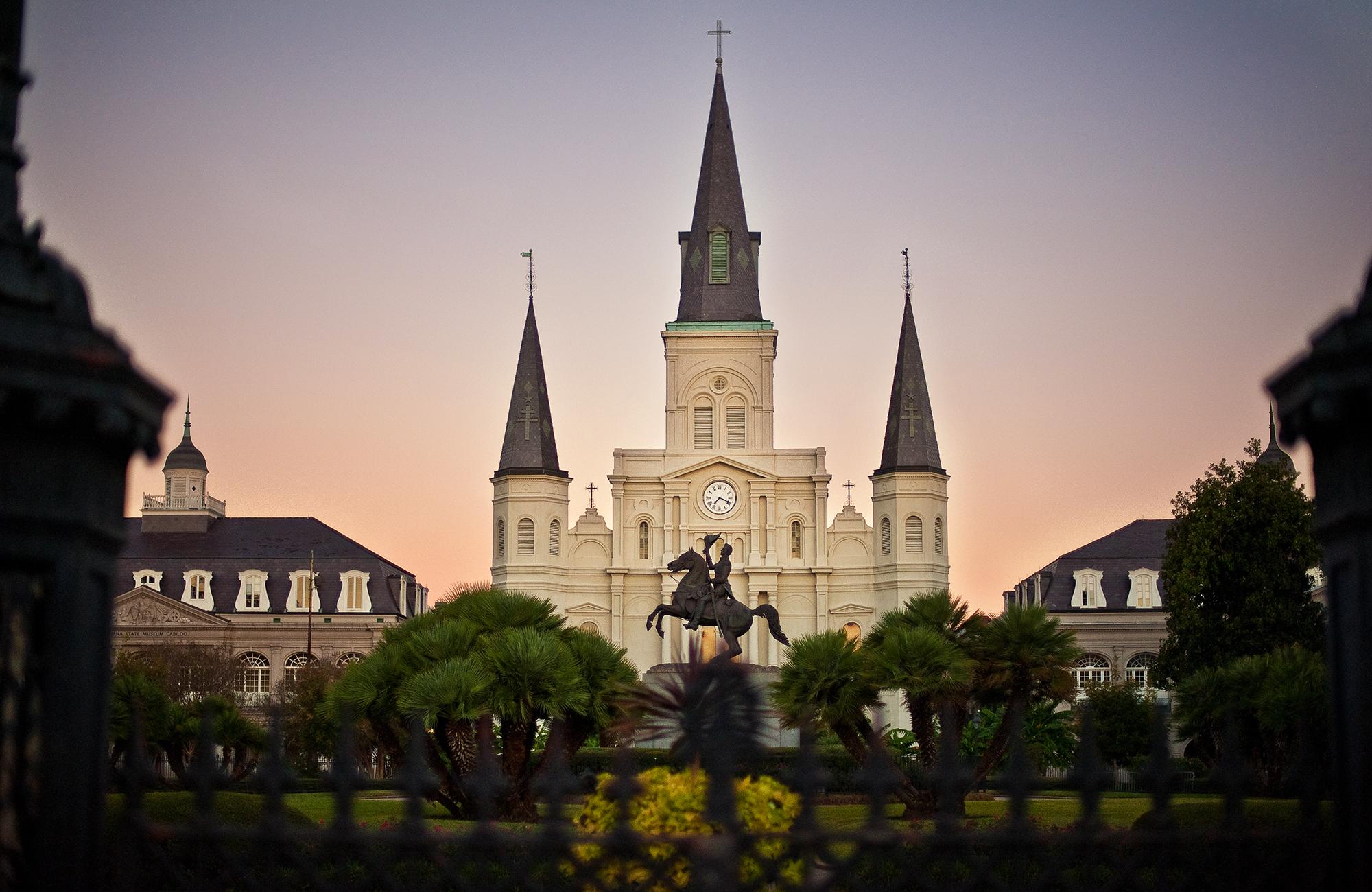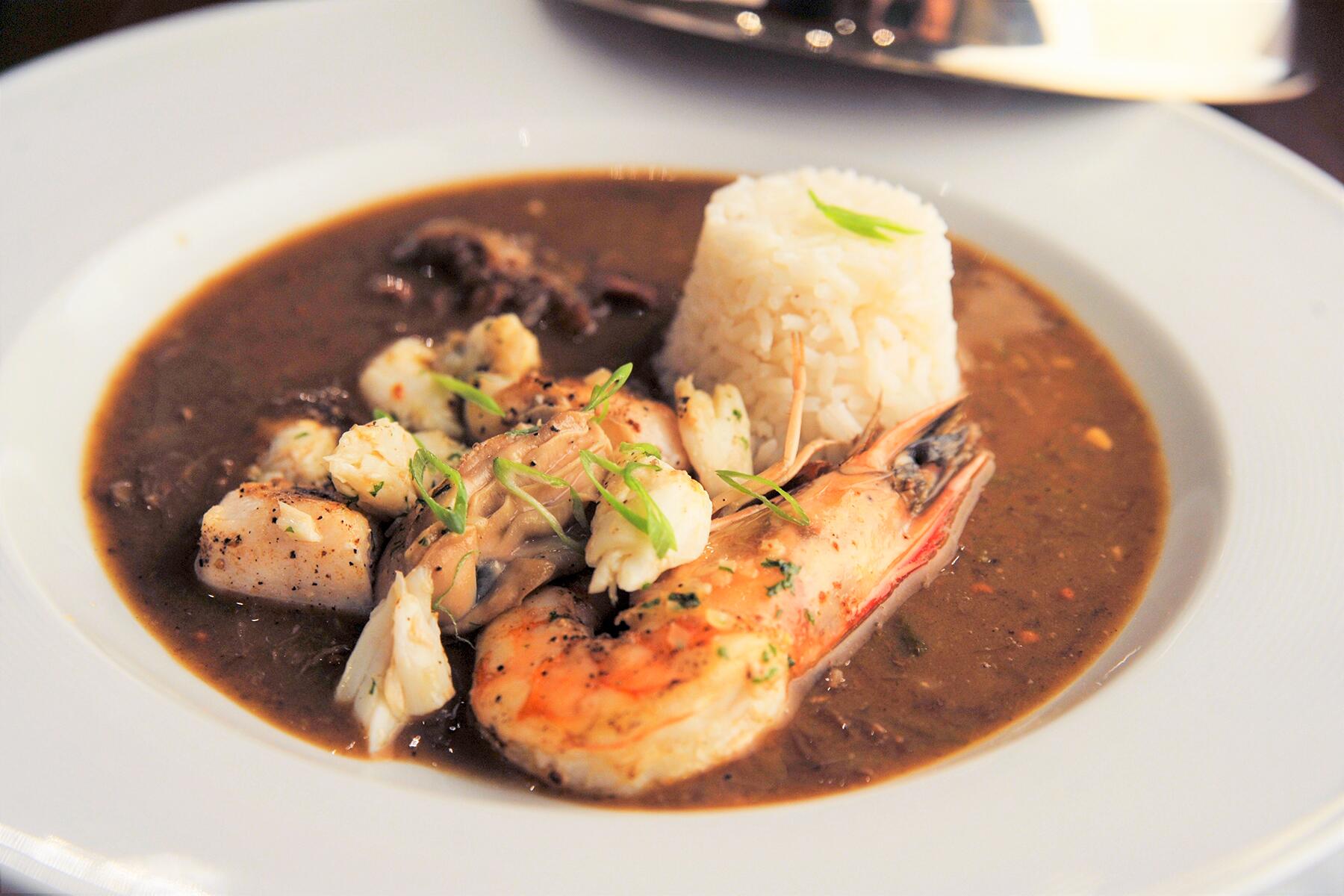Side Trips from New Orleans
Side Trips from New Orleans
New Orleans has never been a typical Southern city. But look away to the west of town, and you'll still find towns and smaller cities that move at a much slower pace. Anyone with an interest in the complicated history of the Old South or a penchant for picturesque drives along country roads should spend at least half a day along the winding Great River Road, which the ruins of plantation homes share with restored manors.
Popular day trips include tours of the swamps and brackish, slow-moving bayous that surround New Orleans—once the highways of the Choctaw, Chickasaw, Chitimacha, and Houma. Two centuries ago Jean Lafitte and his freebooters easily hid in murky reaches of swamp, covered with thick canopies of subtropical vegetation; it's said that pirate gold is still buried here....
Read MoreNew Orleans has never been a typical Southern city. But look away to the west of town, and you'll still find towns and smaller cities that move at a much slower pace. Anyone with an interest in the complicated history of the Old South or a penchant for picturesque drives along country roads should spend at least half a day along the winding Great River Road, which the ruins of plantation homes share with restored manors.
Popular day trips include tours of the swamps and brackish, slow-moving bayous that surround New Orleans—once the highways of the Choctaw, Chickasaw, Chitimacha, and Houma. Two centuries ago Jean Lafitte and his freebooters easily hid in murky reaches of swamp, covered with thick canopies of subtropical vegetation; it's said that pirate gold is still buried here. The state has a wild alligator population of about 2 million, and most of them laze around in these meandering tributaries and secluded backwaters of south Louisiana.
A variety of tour companies take groups to swampy sites a half hour to two hours away from the city center. Guides steer you by boat through still waters, past ancient gnarled cypresses with gray shawls of Spanish moss, explaining the state's flora and fauna and the swamp traditions of the trappers who settled here.
South Louisiana, the center of the Cajun population, is decidedly French in flavor. In small communities along the coast and in the upland prairie, Cajun French is still spoken, though just about everyone also speaks English. After a hard day's work fishing or working crawfish ponds, rural residents of Cajun Country often live up to the motto "Laissez les bons temps rouler!," or "Let the good times roll!"








